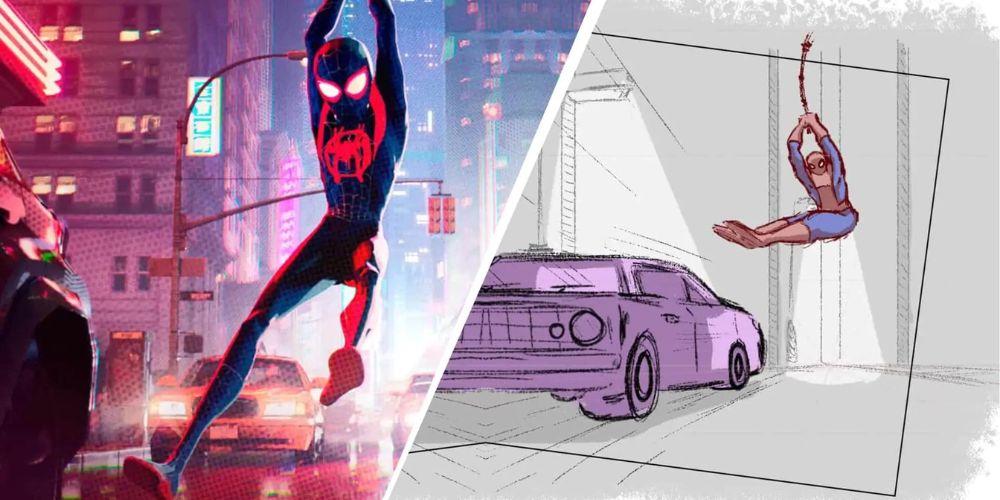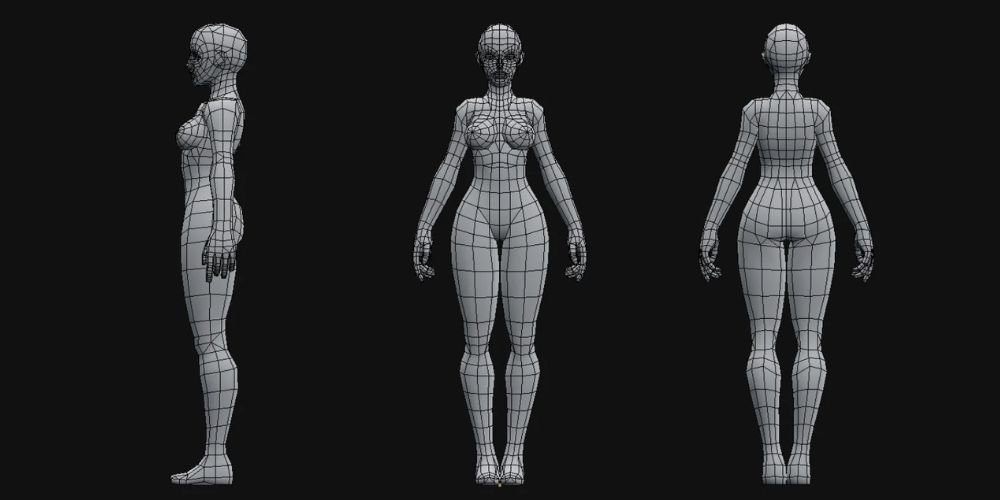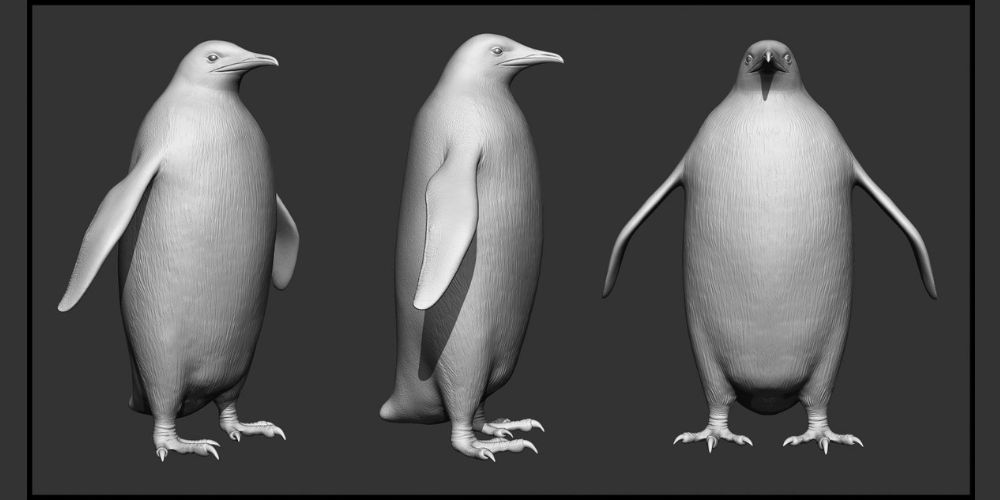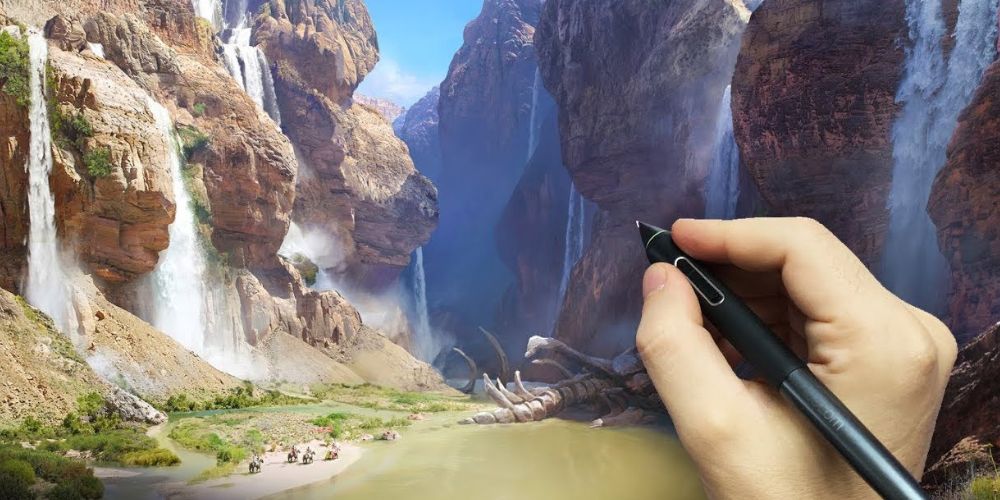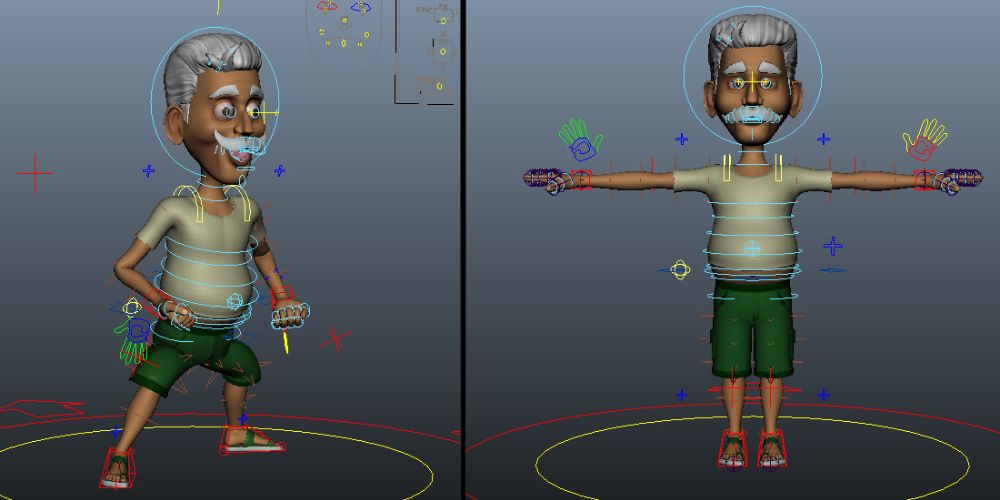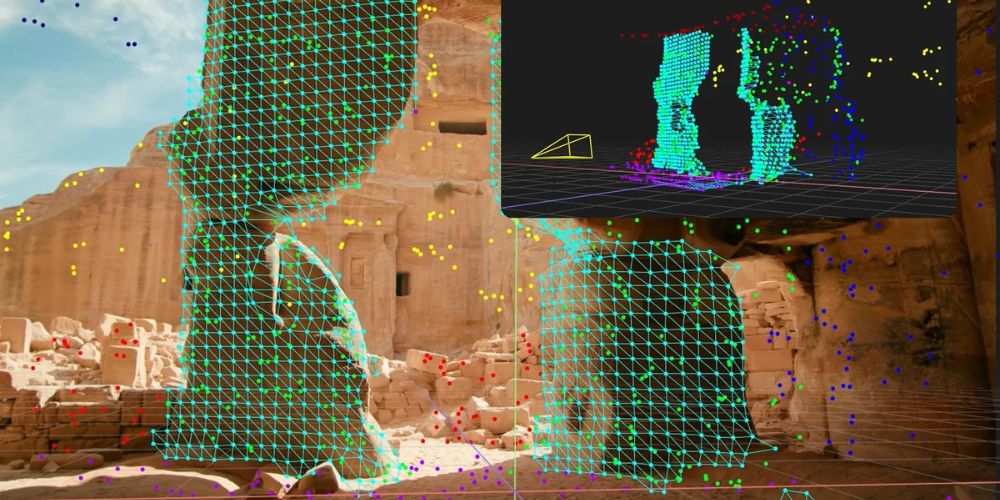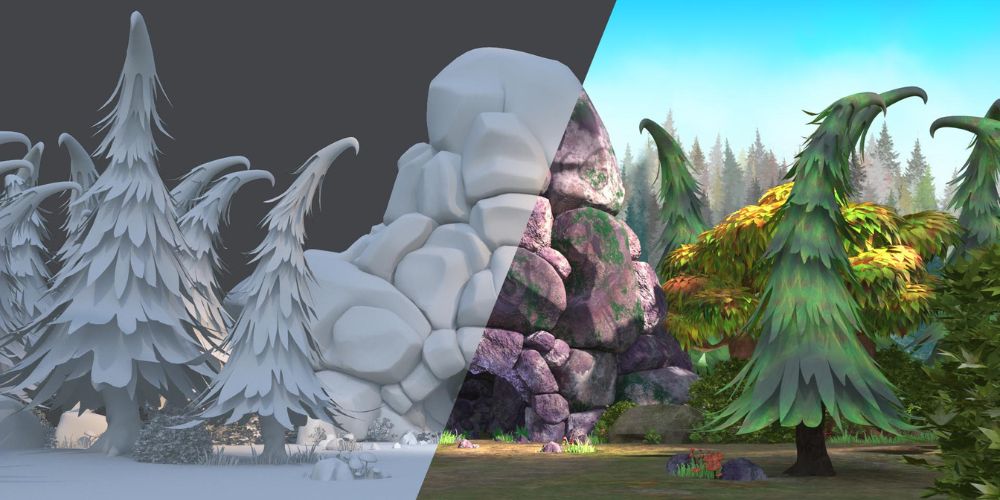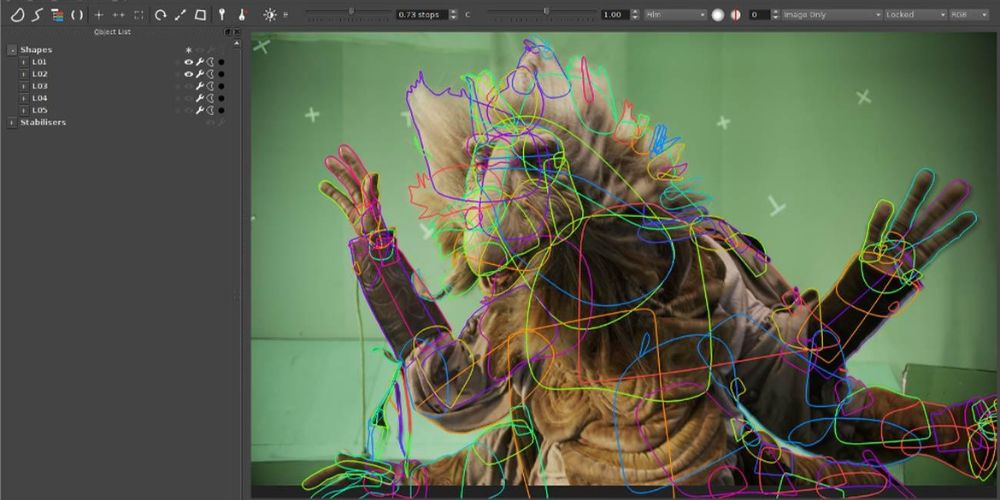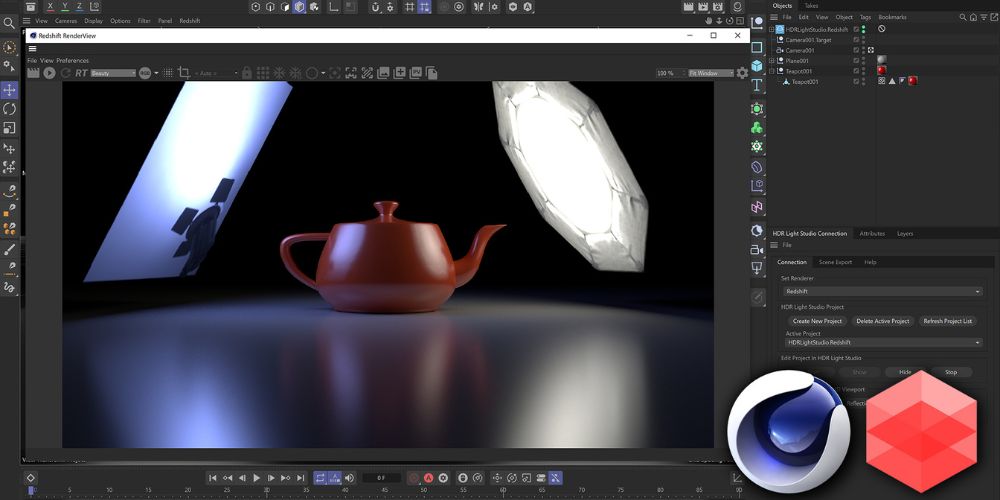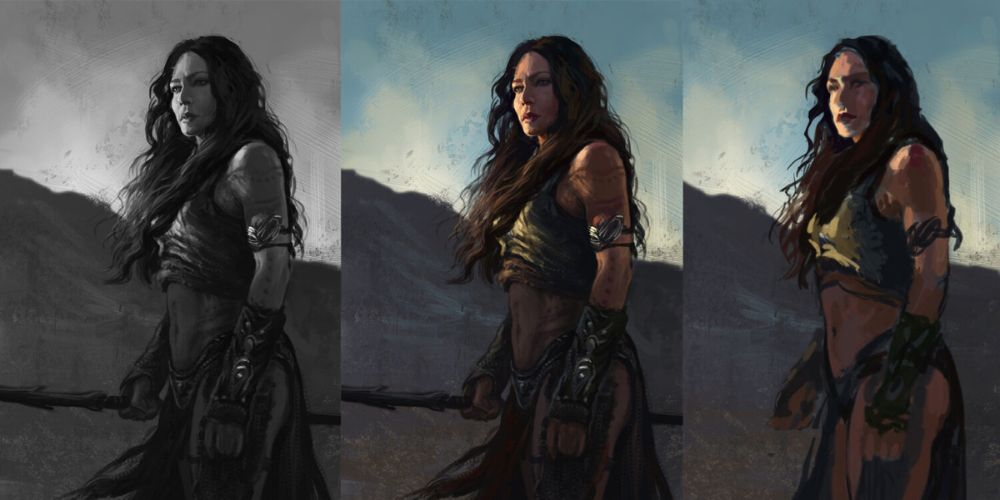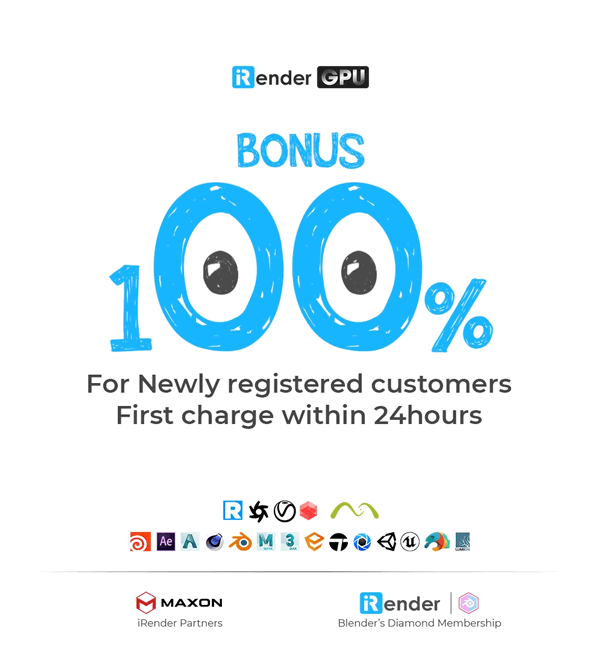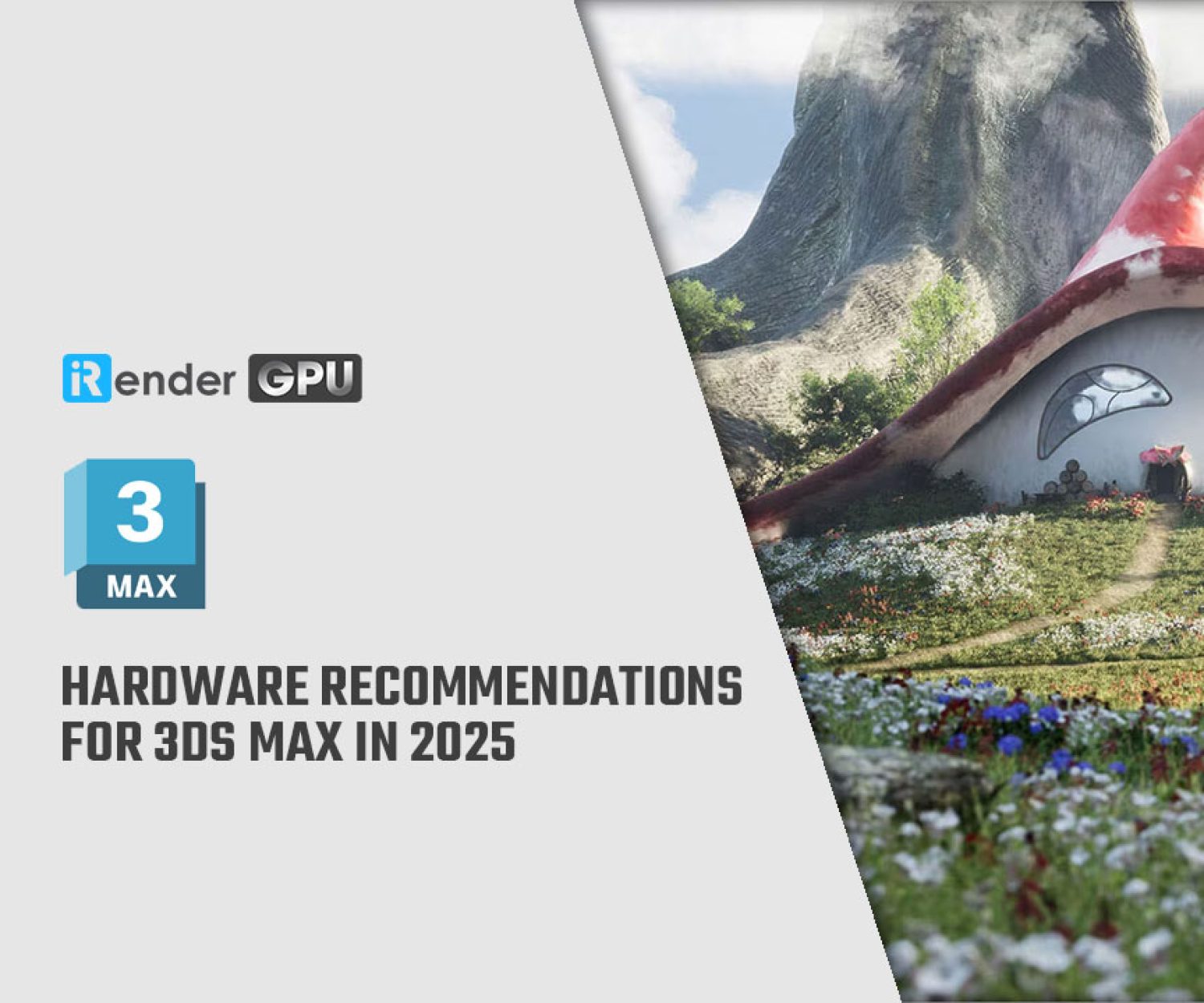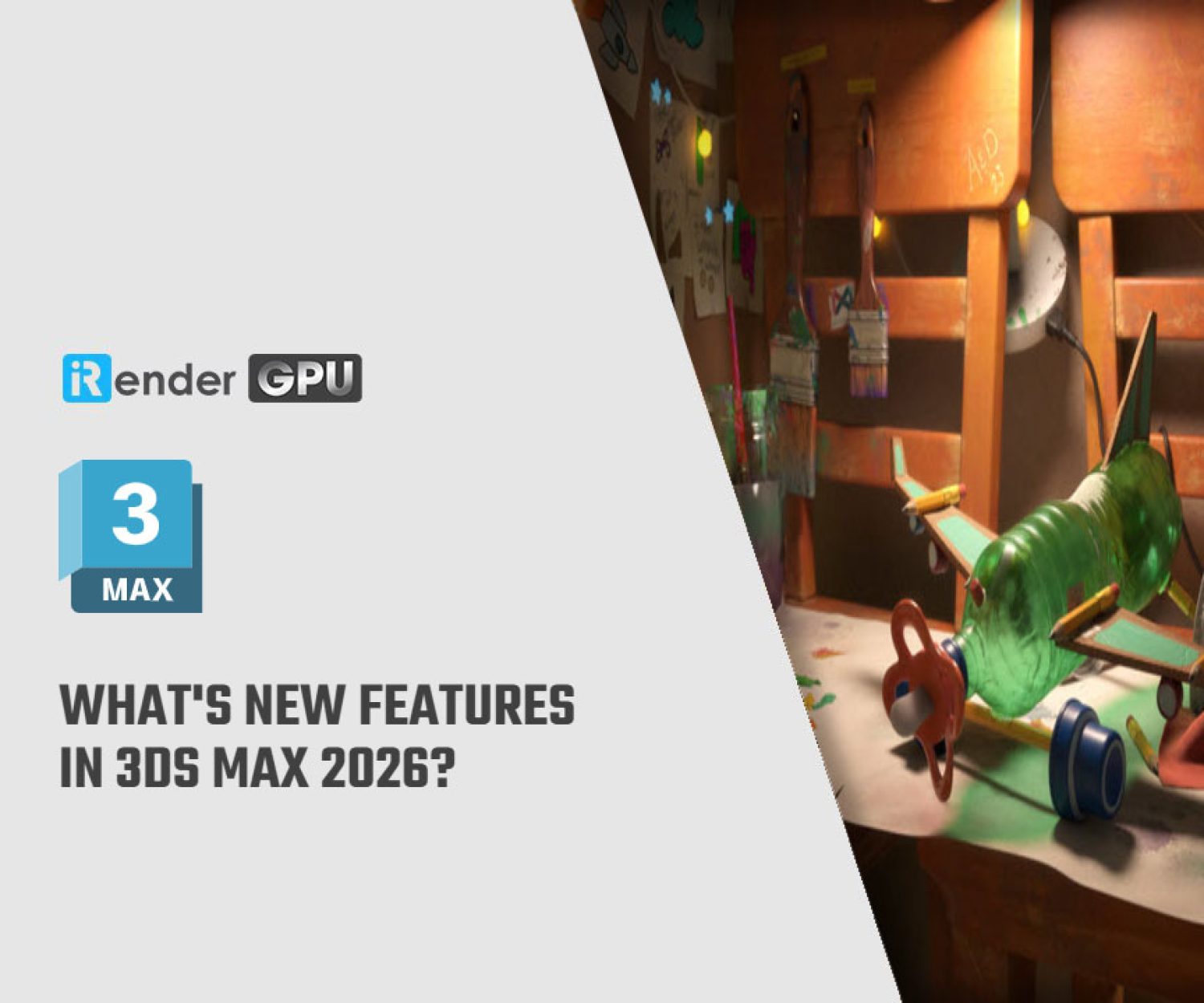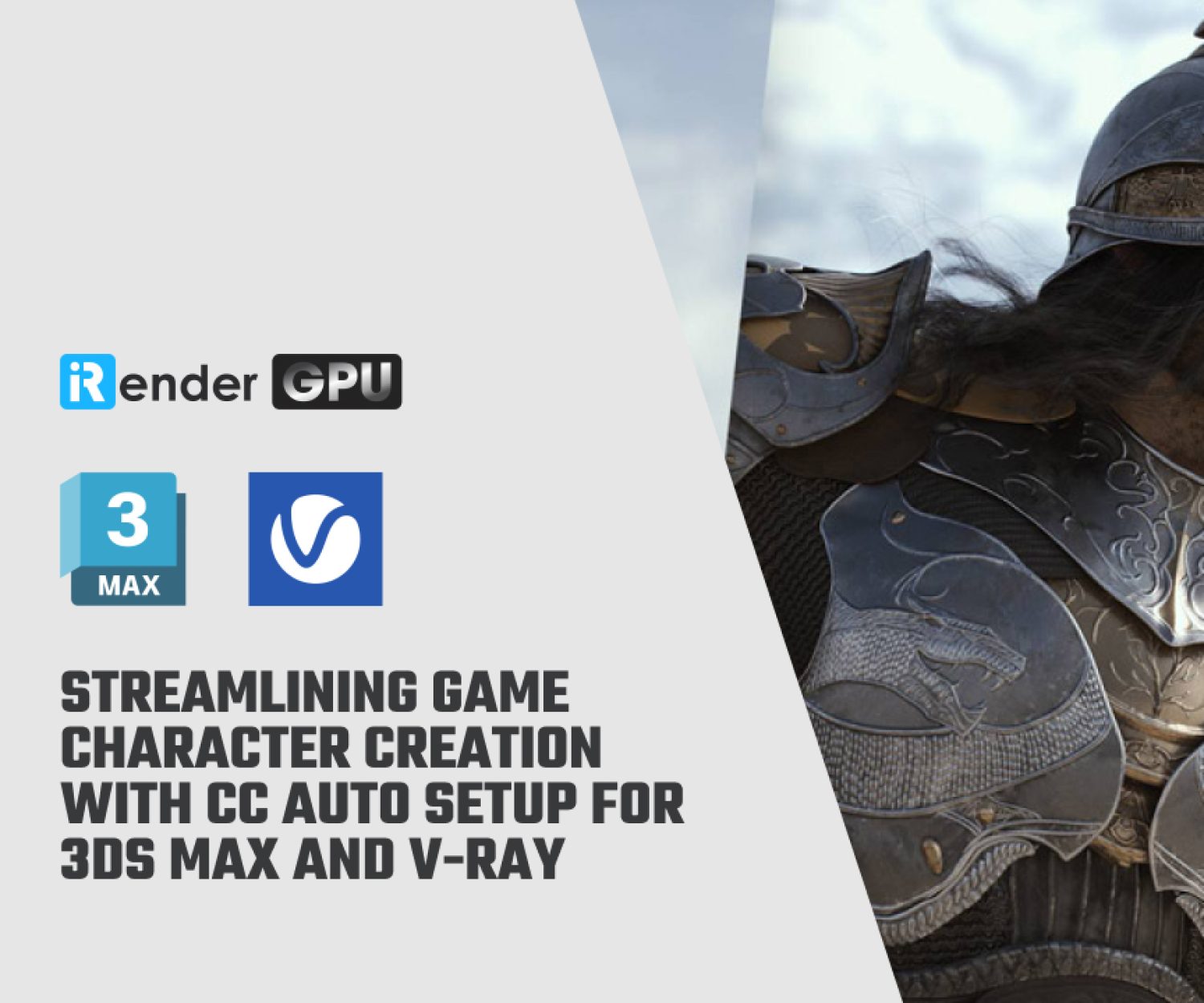Breaking down the VFX pipeline
The complexity of the VFX pipeline is determined by the scale of the project. Now, let’s take a look at the standard workflow of VFX production.
I. VFX Pre-Production
The initial major phase in the VFX pipeline is VFX pre-production. This stage involves various preparations for the project, such as developing concepts, selecting software, tools, presets, and creating preliminary assets.
1. Research and Development
The first step in the VFX pipeline is determining the preferred software and techniques for the film. For projects with extensive VFX requirements, external expertise from scientists, engineers, or mathematicians may be necessary. In fact, this stage is not limited to the beginning of the VFX pipeline but continues to evolve throughout the filmmaking process.
2. Concept art
At this stage, concept artists transform abstract ideas from the previous step into tangible visuals. They create designs for characters, environments, and key moments, helping to establish the tone of the storyline. These visuals serve as the foundation for the next stages of the process.
3. Pre-Visualization
Pre-Visualization (Pre-Vis) is the stage where 3D modeling artists convert the previously created 2D artwork into low-poly 3D models, including characters, wireframes, and scene representations. At the same time, camera angles, shooting locations, and scene composition are carefully planned.
II. VFX Production
Around the midpoint of the VFX pipeline, several key processes take place, including the start of animation, FX creation, and the beginning of lighting and rendering.
1. 3D Modeling
3D modeling is carried out across all three stages of production and is one of the most demanding and effortful parts of the VFX pipeline. 3D artists transform concept art into digital assets, creating a wide range of models, including props, environments, buildings, weapons, vehicles, and any other objects required by the director. This process often relies heavily on reference photos captured during production.
2. Matte Painting
While characters and objects are created using 3D modeling software, backgrounds that don’t exist in real life or aren’t part of the filmed shots are generated through matte painting. This is one of the oldest techniques in the VFX pipeline, traditionally done with photographs and painted glass panels. Today, digital technology has revolutionized the process, utilizing LED panels, game engines for full 3D virtual sets, or chroma keying with green or blue screens to create realistic visual backgrounds.
3. Rigging and Animating
Rigging artists function like puppet makers, setting up the framework, while animators act as puppeteers, bringing characters to life. In the VFX pipeline, rigging artists construct a digital skeleton or a system of controls around the model that animators use to create movement. To achieve realistic motion, they may calculate skin weights, integrate digital muscles, and refine skeletal structures within 3D characters. This process often involves reference photographs.
4. FX and Simulation
FX and Simulation involve creating visual elements such as explosions, fire, smoke, destruction, and particle simulations which will be added to a 3D scene to enhance realism and create impactful imagery. The FX team collaborates closely with animators to ensure these elements move naturally and integrate seamlessly into the scene.
5. Motion Tracking/Match Moving
Motion tracking captures an object’s position, orientation, scale, and movement within a shot using virtual cameras in motion tracking software. This data is essential for seamlessly integrating CGI elements into live-action footage, ensuring they align naturally within the scene during the compositing stage.
6. Texturing
Texturing is the process of applying surface details to 3D models to enhance realism. It involves adding visual attributes such as colors, patterns, and material properties. These textures can range from reptilian scales and metallic reflections to water ripples and scratches on a surface, making digital assets appear more lifelike.
7. Rotoscoping and Masking
In this stage, VFX artists manually outline objects or characters to separate them from the original footage. These cutout elements can then be placed in a different background or context. While chroma keying (filming subjects against a green or blue screen) can often replace the need for rotoscoping, it is still frequently required to achieve precise cutouts for seamless integration.
8. Lighting and Rendering
Lighting plays a crucial role in making CGI scenes appear realistic. Poor lighting can make digital elements look artificial, breaking immersion. Virtual lights in the software are strategically positioned to mimic real-world lighting conditions. Once the lighting setup is finalized, the entire scene is sent to compositing for final adjustments.
III. VFX Post-Production
VFX post-production primarily focuses on finalizing the composition of all elements, refining shots, and ensuring proper color grading, timing, and sequencing for a cohesive final product.
1. Compositing
Compositing is a crucial stage in the VFX pipeline where all visual elements are seamlessly integrated with real-life footage to create the final shot or scene. The team combines live-action footage, CGI, VFX plates, and matte paintings, layering them to achieve a cohesive and realistic result. For instance, CGI characters may be placed into a live-action scene, or an explosion effect might be added to a building.
2. Grading and Final Output
Grading artists adjust color balance, contrast, brightness, and saturation to enhance the visual style and narrative impact of the film. In this final stage of the VFX pipeline, the overall tone is refined, ensuring a consistent aesthetic and emotional depth across all scenes before the final output is delivered.
3. Boost the rendering performance with iRender’s servers
iRender render farm supports all software, including the most popular ones in the VFX pipeline, such as V-Ray and Arnold.
We provide high configurations of machines with upmarket specifications like AMD Ryzen™ Threadripper™ PRO 3955WX @ 3.9 – 4.2GHz or AMD Ryzen™ Threadripper™ PRO 5975WX @ 3.6 – 4.5GHz, 1/2/4/6/8 x RTX4090 or RTX3090, RAM 256GB, Storage NVMe SSD 2TB.
Why can iRender be a great render farm for you?
In addition to high-configuration servers, iRender provides many other utilities to provide the best user experience.
- Dedicated server for individuals: You have full control and access to the server you rent. The working environment (installed apps, files) will be stored for the next use.
- Easy and free file transfer between your computer and iRender’s server: The transferring task can be done via iRender GPU application for Windows and the iRender Drive application for MacOS.
- 24/7 assistance: iRender’s attentive agents are always ready to support all your queries.
- All software compatibility: iRender’s PCs are built to meet the configuration needs of all 3D software and rendering tools at a variety of cost levels for users to choose from.
Let’s see how our service works!
HOT DEAL: 100% bonus for new users
New users will get a 100% bonus for the first transaction within 24 hours of their registration. No minimum amount!! If you top up $50, you will get 100 points in total to hire our machines.
If you have any questions, please contact me through email [email protected] or our 24/7 support team for a quick response.
Thank you for reading & Happy Rendering!
source: academyofanimatedart, MASV, vfxaddart, Marcus Dempwolf Holm, therookies
Related Posts
The latest creative news from iRender render farm


